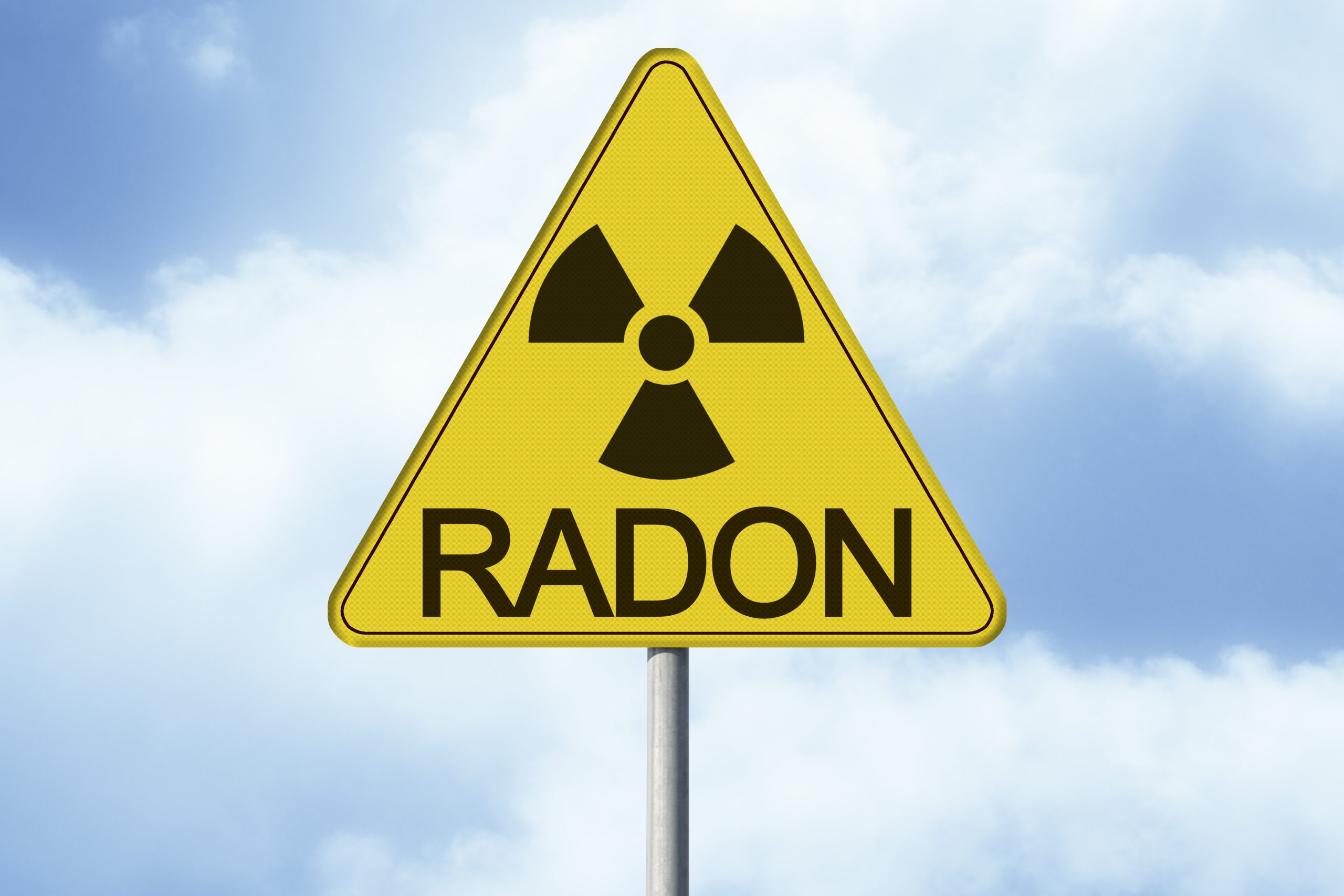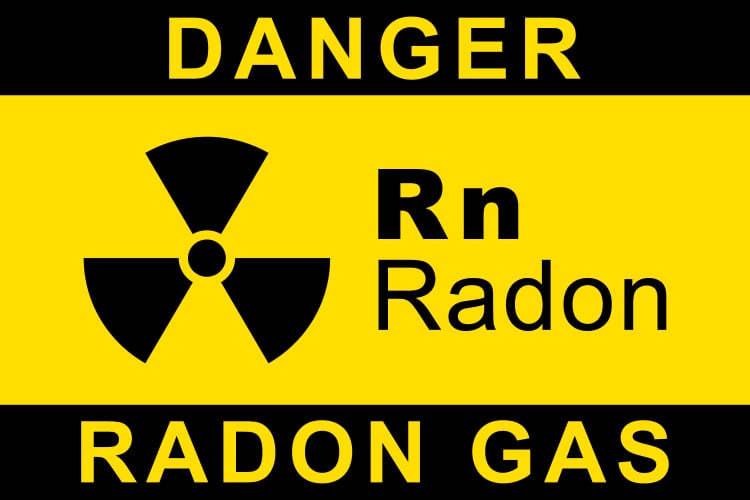Radon gas is an invisible environmental hazard that lurks unnoticed in homes across the globe. Originating from the natural breakdown of uranium in soil, rock, and water, radon poses significant health risks, notably increasing the risk of lung cancer.
This detailed guide aims to enhance understanding of radon, highlight its health implications, and provide actionable advice for testing and mitigation to ensure safer living environments.
Table of Contents
What is Radon?
Radon is a radioactive gas that you cannot see, smell, or taste. It forms naturally from the decay of uranium, which is present in almost all soils.
It tends to move upward through the ground and can enter buildings through cracks in floors, walls, and foundations. Once inside, radon can accumulate to levels that can pose health risks to occupants.
The Health Risks of Radon
Radon is recognized as a major carcinogen by leading health organizations, including the World Health Organization (WHO) and the U.S. Environmental Protection Agency (EPA).
It is the second leading cause of lung cancer after cigarette smoking and the leading cause of lung cancer among non-smokers. According to estimates by the EPA, radon is responsible for about 21,000 lung cancer deaths each year in the United States.
The primary risk from radon exposure is lung cancer. The risk increases with higher levels of radon and longer exposure durations.
Radon decay particles in the air can be inhaled and trapped in the lungs. As they break down further, these particles release small bursts of energy, which can damage lung tissue and potentially lead to lung cancer.
Testing Your Home for Radon
Given the serious health risks associated with radon exposure, testing your home is the only effective way to determine whether you are at risk. Radon testing is simple and affordable, and it can be done either by homeowners themselves using DIY radon test kits or by hiring professional Radon testers.
There are two main types of radon testing methods:
- Short-term testing: This is the quickest way to test for radon. Short-term tests remain in your home for two to 90 days, depending on the device. Charcoal canisters, alpha track, electret ion chambers, continuous monitors, and charcoal liquid scintillation detectors are commonly used for short-term testing.
- Long-term testing: This method will give a better understanding of your year-round average radon level. Long-term tests remain in your home for more than 90 days. Alpha track detectors and electret ion detectors are commonly used for this type of testing.
Radon levels can fluctuate daily and with changes in the environment, so following testing guidelines and recommendations is crucial for accurate readings.
Radon Mitigation Techniques
If your home tests above the EPA action level of 4 picocuries per liter (pCi/L), it’s advisable to take steps to reduce radon levels.
Several effective radon reduction methods can reduce radon levels by up to 99%:
- Sub-slab depressurization: This method involves installing a pipe through the foundation floor slab and attaching a fan that runs continuously to draw the radon gas from below the house and vent it to the outside.
- Sump pump adaptation: If a home has a sump pump or drain, a cover can be placed over it, and a vent pipe and fan system can be used to draw the radon from under the cover and vent it outside.
- Increasing ventilation: Installing a heat recovery ventilator (HRV) or energy recovery ventilator (ERV) can increase ventilation by bringing in more outdoor air and can also reduce radon levels.
Professional installation of a radon mitigation system is recommended to ensure effectiveness and safety.
Geographic Variation in Radon Exposure
Radon levels can vary significantly between different geographic areas and even between neighboring buildings. Factors such as soil chemistry, geology, and construction style can influence the amount of radon that enters a building.
The EPA has divided the United States into three radon zones to help predict potential radon problems:
- Zone 1: Counties with predicted average indoor radon screening levels greater than 4 pCi/L.
- Zone 2: Counties with predicted average indoor radon screening levels from 2 to 4 pCi/L.
- Zone 3: Counties with predicted average indoor radon screening levels less than 2 pCi/L.
However, the EPA recommends testing in all zones because high radon levels have been found in all three zones.
The Importance of Public Awareness and Action
Despite the significant health risks posed by radon, awareness and action levels remain relatively low. Public education campaigns and community initiatives are crucial to raising awareness about the risks of radon and the importance of testing and mitigation.
Home buyers, sellers, and real estate professionals should be educated about radon risks and the simple steps to address them, which can improve public health and safety.
Conclusion
Radon is a serious environmental hazard with grave health implications, but it can be managed effectively with proper awareness and action. Testing for radon should be a standard practice for homeowners, especially when moving into a new residence or after building a new home.
If high levels are detected, mitigation methods are both effective and essential for reducing exposure and protecting health. Awareness and proactive measures can dramatically decrease the risks associated with radon, leading to safer, healthier homes for everyone.





